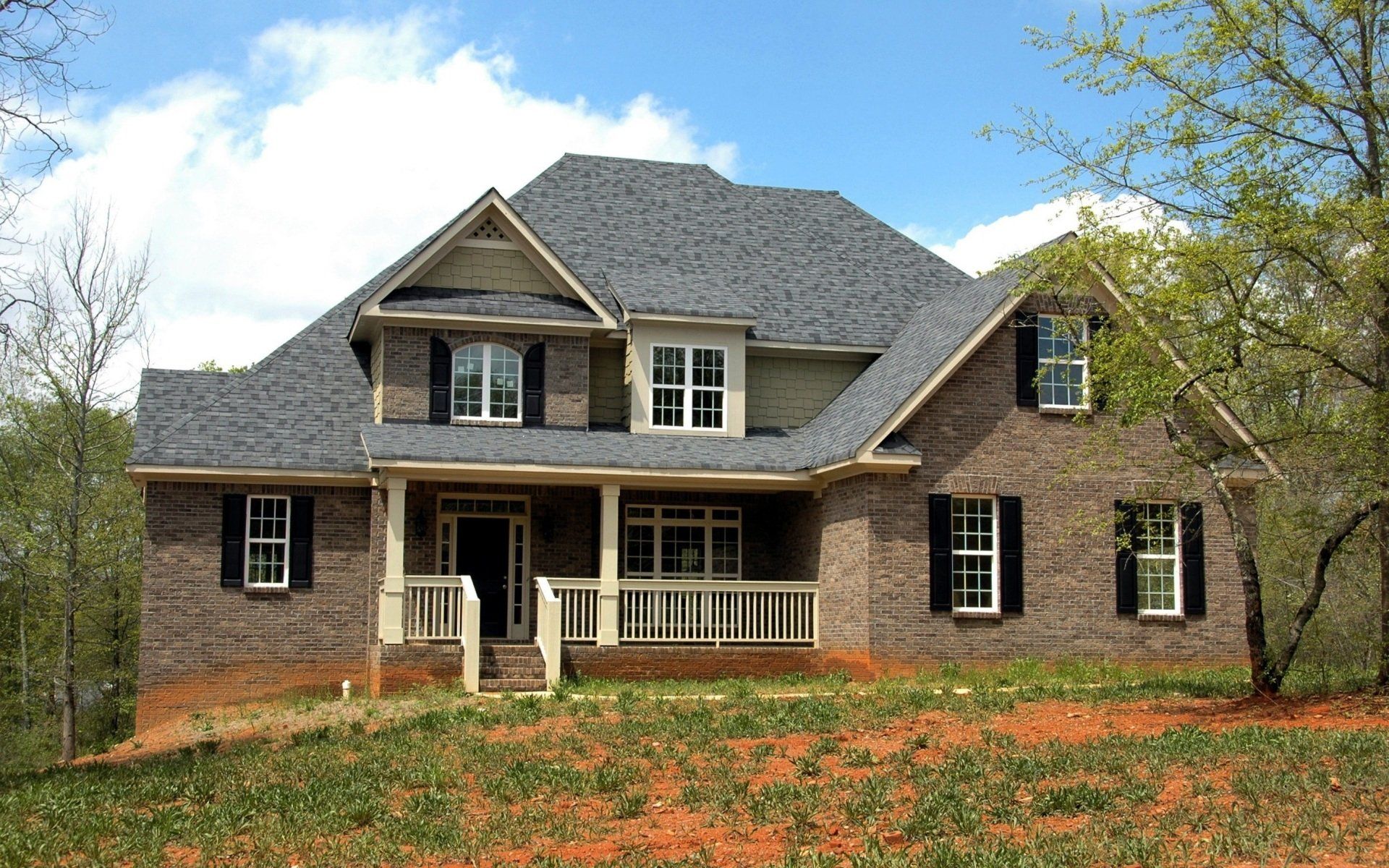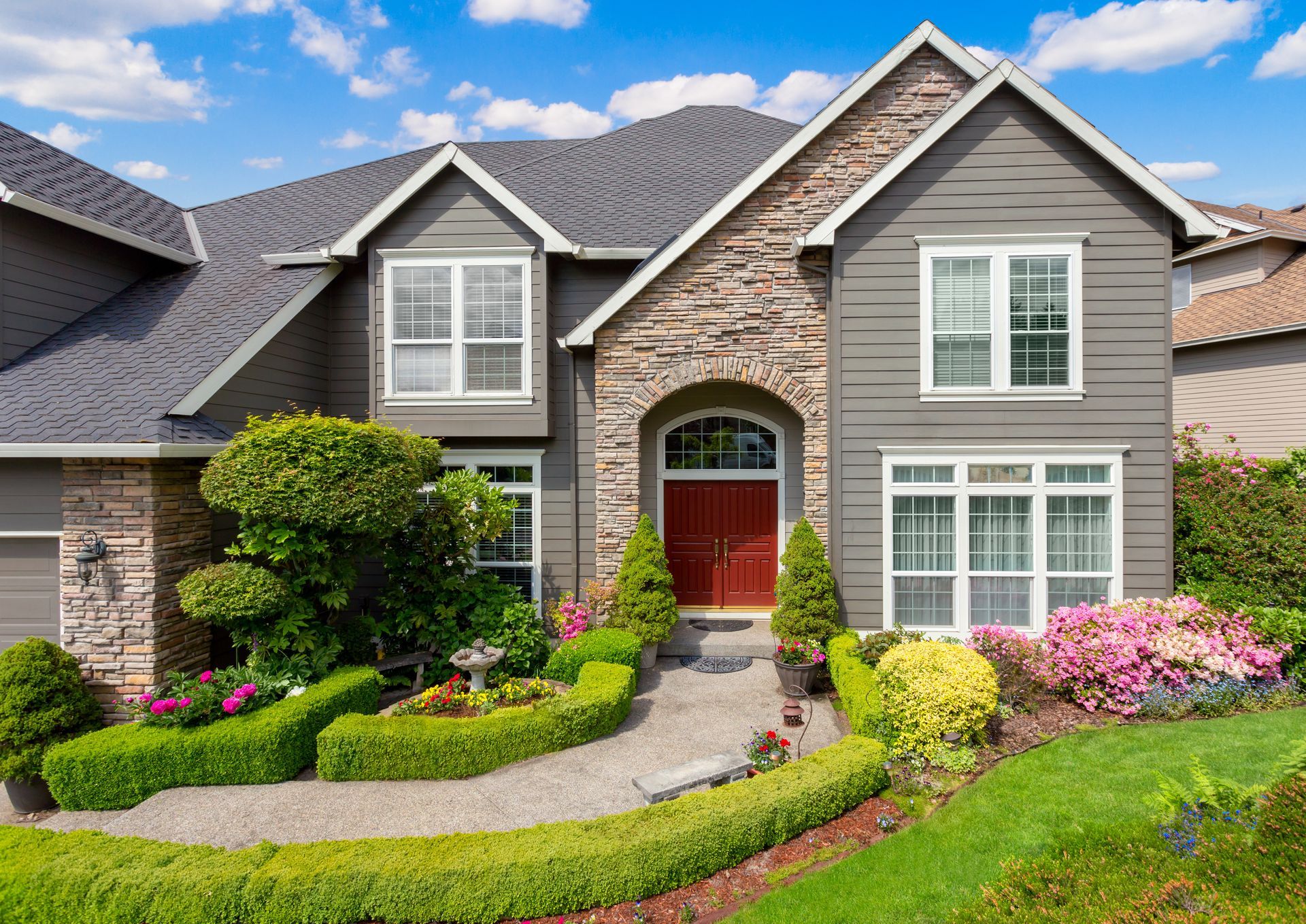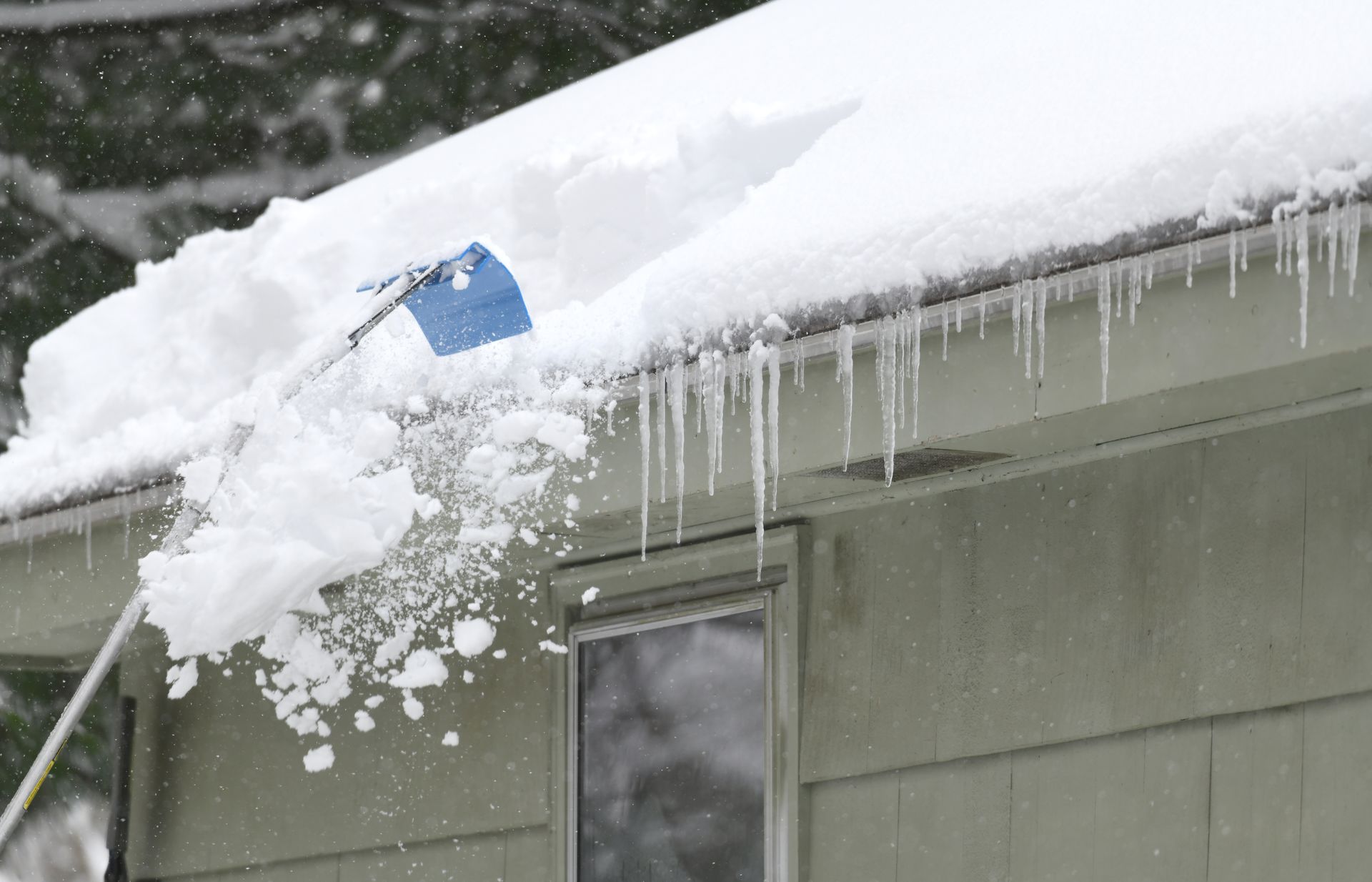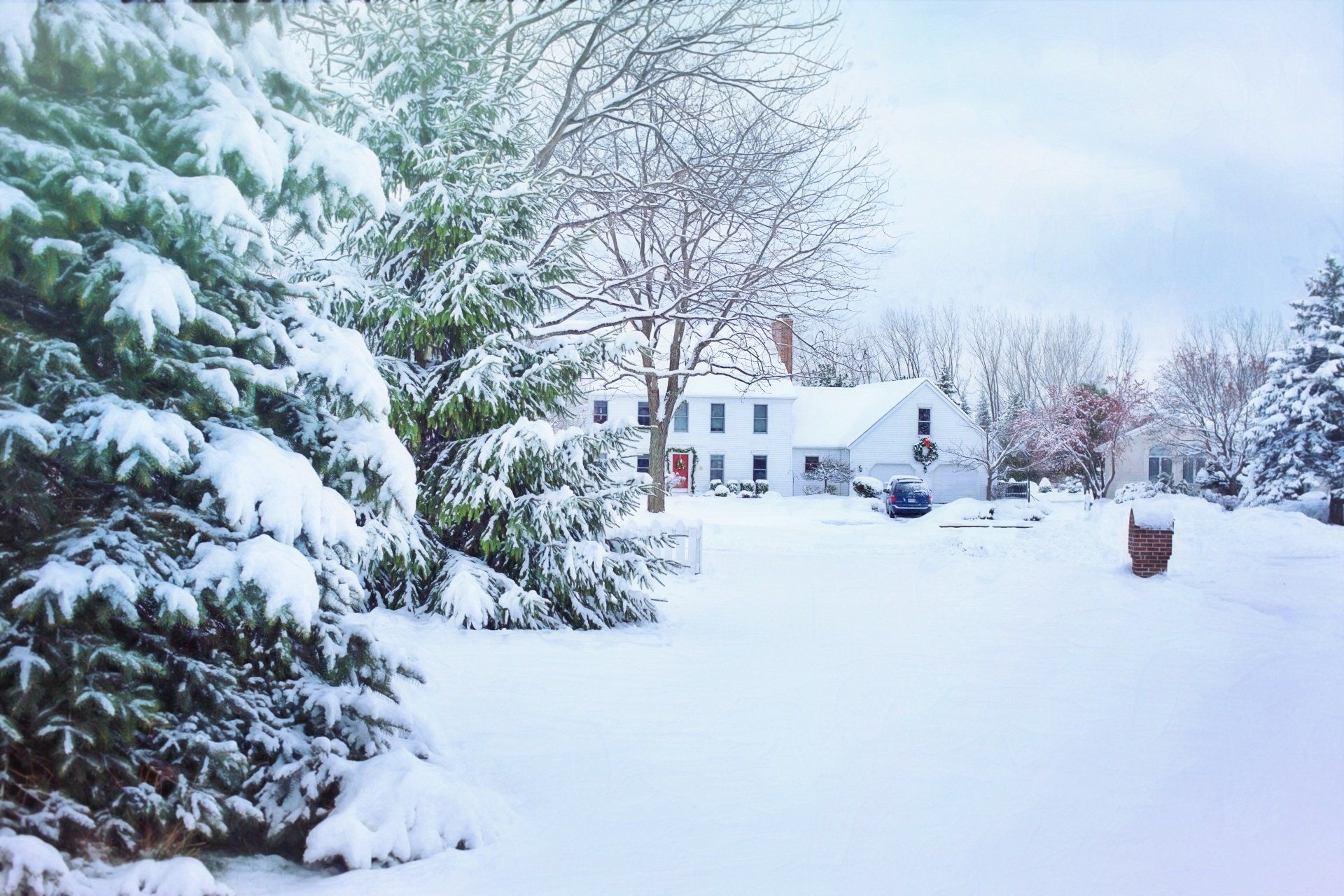Deciphering the Age of Your Roof and Recognizing When It's Time for a Replacement
Your roof is more than just a protective canopy over your home; it's a complex system that plays a crucial role in your home's integrity, energy efficiency, and aesthetic appeal. But, do you know how old your roof is? Understanding the age of your roof is vital in maintaining the safety, comfort, and value of your home. Like all aspects of a house, roofs have a lifespan, and knowing when yours was installed and how long it's meant to last can save you from unexpected leaks, costly repairs, and even catastrophic failures.
In this comprehensive guide, we'll explore effective strategies to determine the age of your roof, whether it's by examining home improvement records, consulting with previous homeowners, or seeking the expertise of professionals like NRB Roof Pros. Beyond just age, we'll delve into the tell-tale signs that indicate your roof might be due for a replacement. From spotting wear and tear to understanding the impact of an aging roof on your home's energy efficiency and curb appeal, we've got you covered.
Join us as we navigate the nuances of roof maintenance and replacement, ensuring that your home remains a safe and beautiful haven for years to come. Remember, the roof over your head deserves as much attention as any other part of your home, and with NRB Roof Pros, you're in expert hands.

Understanding the Lifespan of Different Roofing Materials
The longevity of your roof largely depends on the type of material it's made from. Each material has its unique characteristics and lifespan, which can be influenced by factors like climate, installation quality, and maintenance. Whether you had a roofing contractor in Northampton, MA replace your roof 10 years ago or you had a roofer in Blechertown repair your roof, knowing the material can help you determine its age and identify signs of deterioration.
Here, we explore some of the most common roofing materials used in homes across the country and their typical lifespans:
- Asphalt Shingles: The most popular roofing material, asphalt shingles are known for their cost-effectiveness and ease of installation. Standard asphalt shingles usually last between 15 and 30 years. However, architectural or premium shingles, which are thicker and offer a more dimensional look, can last up to 50 years with proper maintenance.
- Metal Roofing:
Metal roofs are incredibly durable, fire-resistant, and energy-efficient. They can last between 40 and 70 years, depending on the type of metal used. Common options include steel, aluminum, copper, and zinc. Metal roofs perform exceptionally well in areas with heavy snowfall, as they shed snow quickly, reducing the risk of accumulation.
- Wood Shingles and Shakes:
While they offer a natural and rustic look, wood shingles and shakes require more maintenance. If properly maintained, wood shingles can last around 25 to 30 years, whereas thicker wood shakes can have a lifespan of up to 50 years. Regular treatment for mold, rot, and insect infestation is essential to prolong their life.
- Tile Roofs: Clay and concrete tile roofs are popular for their longevity and resistance to extreme weather conditions. Clay tiles can last over 50 years, while concrete tiles can last around 40 to 50 years. They are a favored choice in coastal areas due to their resistance to salt air.
- Slate Roofing: Slate is one of the most durable roofing materials, with a lifespan that can exceed 100 years. It's an ideal choice for homeowners who want a long-lasting, beautiful, and natural roof. However, the weight of slate roofing requires a strong structural support system.
- Synthetic Roofing Materials: In recent years, synthetic roofing products made from rubber, plastic, or polymer have become popular. These materials mimic the look of natural wood or slate but with increased durability and less maintenance. Their lifespan varies widely, from 40 to 50 years, depending on the quality and composition.
Understanding the lifespan of your roofing material is the first step in assessing the age and condition of your roof. It's essential to factor in both the material and local environmental conditions to make informed decisions about maintenance and eventual replacement.
Methods to Determine the Age of Your Roof
Determining the age of your roof is not always straightforward, especially if you weren't involved in its installation. However, there are several methods you can employ to uncover this crucial piece of information:
Reviewing Home Improvement Records
- One of the most reliable ways to determine the age of your roof is by checking any home improvement records you have. This includes looking through past renovation records, receipts, or warranties associated with roofing work.
- If you bought your home recently, this information might be included in the disclosure statements provided during the sale process.
- Keep in mind that receipts and warranties can also give you an insight into the quality of the materials used and the scope of any past work, which can be invaluable in assessing the current condition of your roof.
Consulting with Previous Owners or Neighbors
- If records are not available, reaching out to the previous homeowners can be a fruitful next step. They might be able to provide exact dates of installation or repairs.
- In cases where contacting previous owners isn't possible, neighbors with similar home styles or those who have lived in the area for a long time might have useful insights. They might remember when roofing work was done on your home or have done similar work on their homes around the same time.
Professional Roof Inspection
- For the most accurate assessment of your roof's age and condition, consider hiring a professional roofer for an inspection. Roofing experts like those at NRB Roof Pros have the expertise to identify signs of aging and wear that aren’t always apparent to the untrained eye.
- A professional inspection can not only provide an estimated age of your roof but also offer a detailed analysis of its current condition. This includes checking for signs of wear, assessing damage, and identifying any immediate repair needs.
- The benefit of a professional inspection extends beyond just determining age; it can also provide peace of mind and help you plan for future maintenance or replacement needs.
By employing one or more of these methods, you can gain a clearer understanding of the age of your roof. This information is crucial in planning for maintenance, repairs, or even a full replacement, ensuring that your home remains safe and well-protected.
Conclusion: The Importance of Knowing Your Roof's Age
In conclusion, understanding the age of your roof and recognizing the signs that it may need replacement are essential aspects of responsible homeownership. A well-maintained roof not only protects you and your family from the elements but also contributes to the energy efficiency and aesthetic value of your home. Regular inspections, awareness of material lifespans, and vigilance for signs of wear and tear are key to ensuring the longevity and performance of your roofing system.
Remember, an aging or damaged roof can lead to a host of problems, from minor leaks to major structural damage. Thus, being proactive in roof maintenance and replacement can save you from costly and extensive repairs in the long run. Whether you're unsure about the age of your roof, have noticed some of the warning signs discussed, or simply want peace of mind, professional guidance is invaluable.
This is where NRB Roof Pros comes in. With our expertise and commitment to quality, we are here to help you every step of the way. From professional roof inspections to comprehensive roof replacements in South Hadley, MA or surrounding areas, our team ensures that your roofing needs are met with the highest standards of excellence. Don't wait for a minor issue to become a major problem. Contact NRB Roof Pros today for a professional inspection or consultation, and rest assured that your roof is in capable hands.








